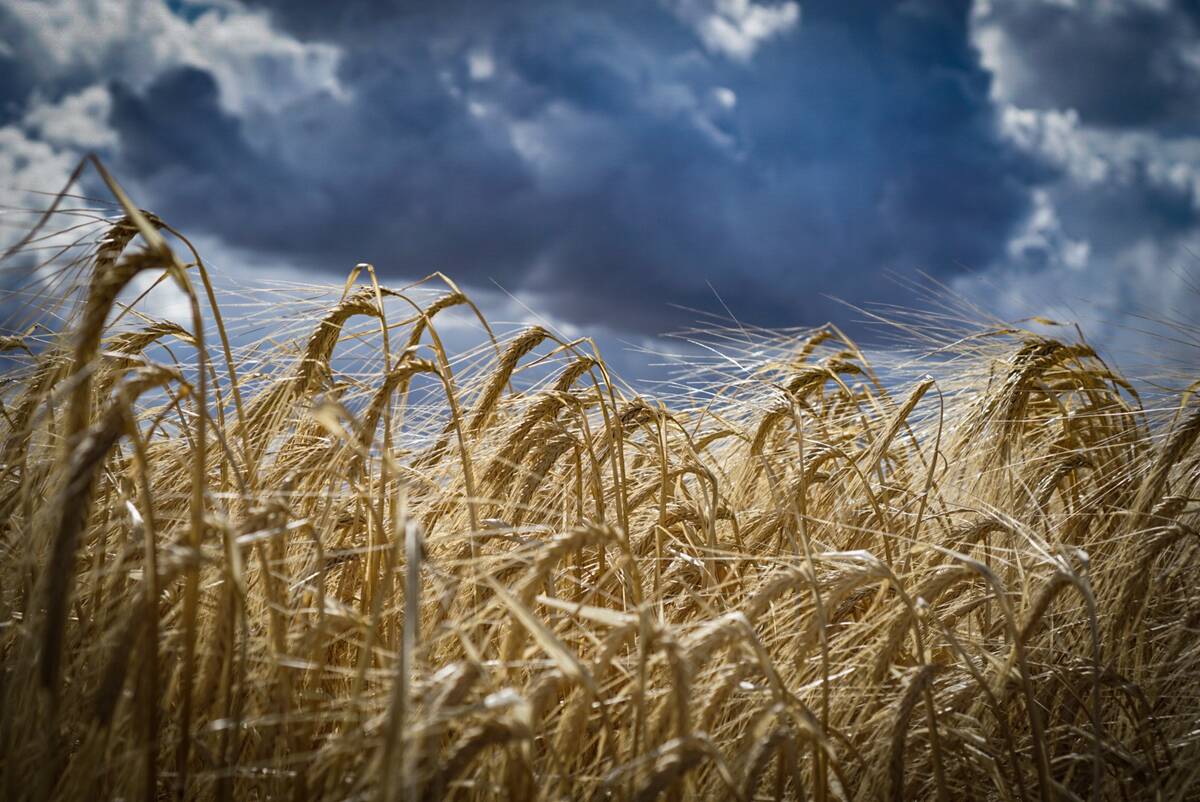LINCOLN HALL, Alta. – The circle of life for grasslands starts with what lies beneath.
“If you take care of your grass, you will also be taking care of your soil,” said forage manager Albert Kuipers at a cattle producer’s seminar held Nov. 17 near Lacombe.
Planning for next year’s grazing should start the previous fall and extra advice can found with grazing clubs, forage associations or mentoring groups, said the manager of the grey wooded forage association.
Good grazing results also require understanding of how grass grows to obtain maximum benefits throughout the year.
Read Also

Malting barley exporters target Mexican market
Canada’s barley sector is setting its sights on the Mexican market to help mop up some of the lost demand from China
In the early spring, growth is slow and photosynthesis is low. The plants rely on stored energy reserves from the year before. This early stage grass is high quality but it can be easily damaged if grazed at this point.
The next growth stage is more rapid as the plant rebuilds its reserves with high photosynthesis.
“Every leaf on a grass plant is a little solar panel,” Kuipers said.
Stage 3 is the flowering and seed head stage with less photosynthesis. Grass is less palatable and nutrition is declining.
Grazing can start at Stage 2 but key factors must be remembered.
“You can graze it right to the ground as long as it has lots of time to get back to Stage 2 or Stage 3.”
Overgrazing happens when the grass hasn’t had time to recover. Roots may slough off but this is part of the natural process and as long as the plants are resting, new growth is supported.
A common mistake is not giving forages enough rest in the late season. Too much plant material may be removed and the energy reserves are too low to give it a good start the following year.
During the growing season plants develop a strong deep root system that can search for water and soil nutrients. A dense mat of roots close to the surface does not have access to water and nutrients.
“Those plants are the first ones to suffer when things get dry,” Kuipers said.
Regardless of plant type, they will all respond to grazing management and will develop better roots with careful grazing.
Plant diversity in a pasture is also important because cattle do better with a variety of grasses, legumes and forbs.
Forbs are plants like dandelions that can be an important part of the mix. If heavy infestations of dandelions or foxtail barley are the only species growing in an area, it is a symptom that something else is wrong. Too many dandelions may indicate a nutrient deficiency. An overgrowth of foxtail barley may be due to soil salinity.
To control problems, Kuipers suggests hitting the pasture hard early in the season before the weeds head out, allowing other plants to move in. Mowing before heads appear may also help.
Organic matter in the soil is a critical component of healthy grass stands.
About 70 percent comes from sloughing off of roots. The rest comes from deposits on the surface in the form of litter from dead materials during the previous grazing. The thatch layer holds water like a sponge.
Soil organisms are dependent on organic matter and if they are not fed, the system shuts down because they cannot process nutrients into forms more available to plants. To get the best out of litter, the hoofs of cattle push it into the ground where the organisms can do their work.















